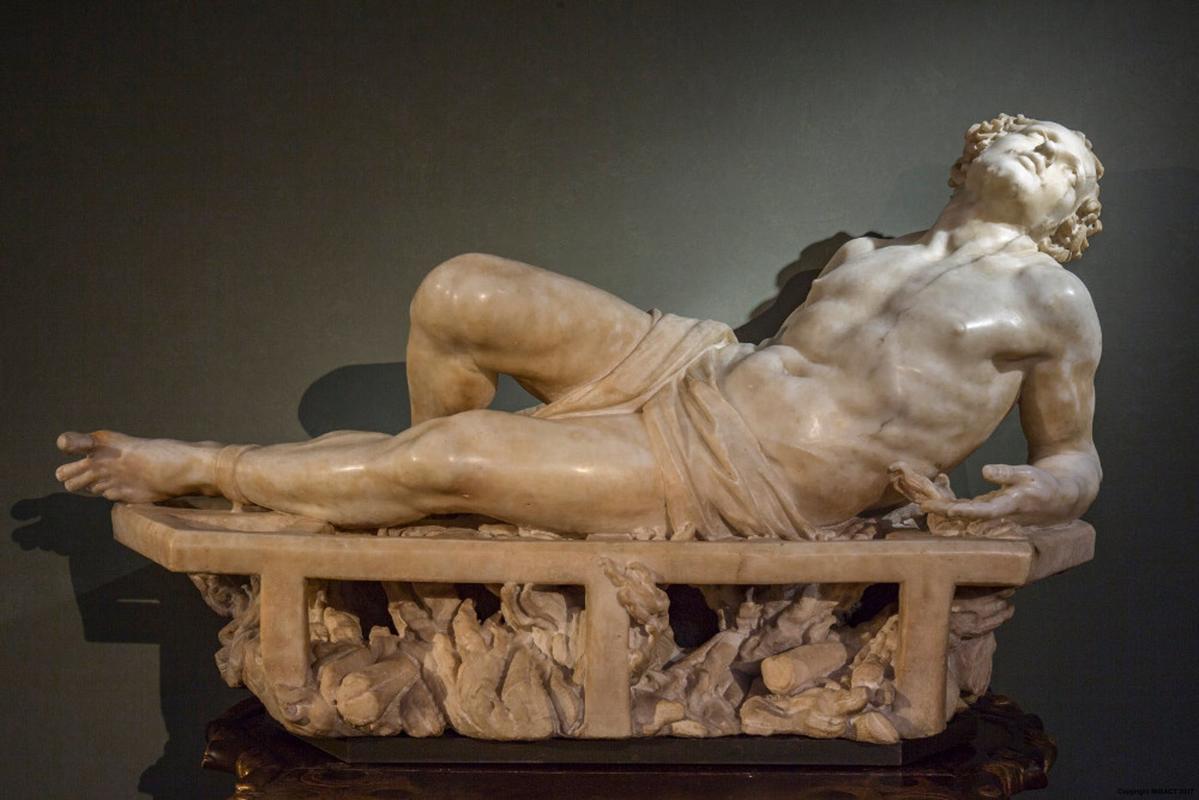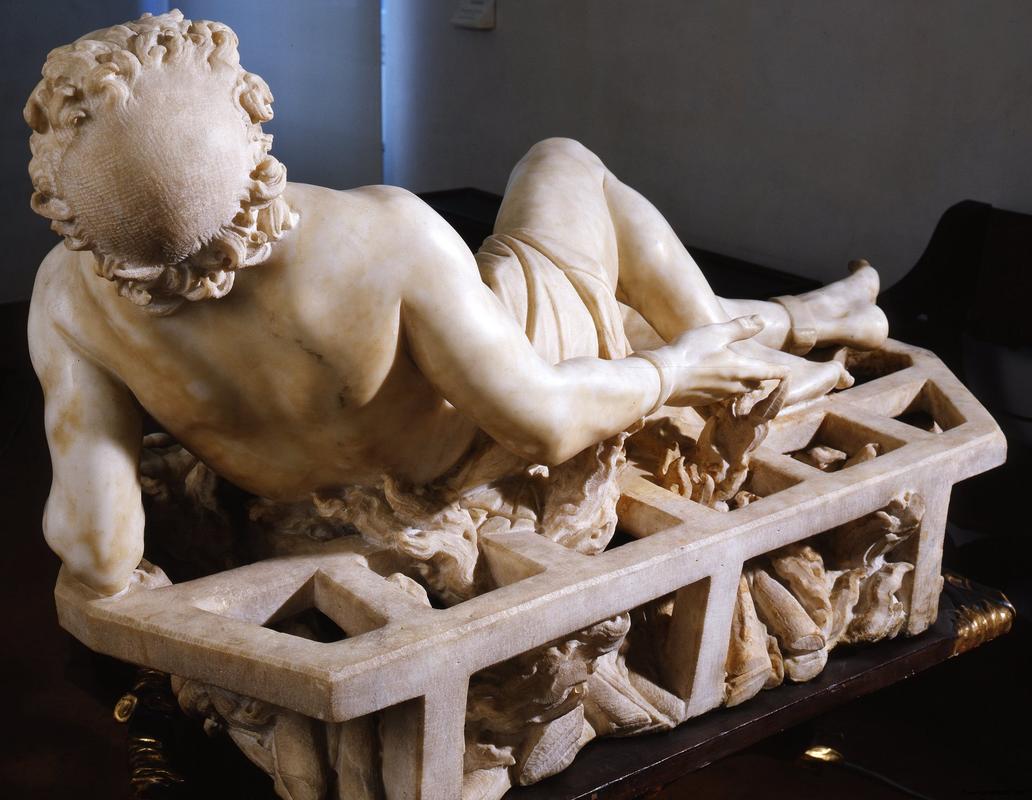More about The Martyrdom of St. Lawrence
- All
- Info
- Shop

Contributor
The Roman government held some level of suspicion against the early Christians.
In a highly syncretic empire that allowed for the flourishing of different cultures as long as the Romans alone held power, the Christians quietly defied Roman authority, proclaiming God above all else, even the divinity of the Emperor’s rule. Naturally, this made them a threat to the establishment. When the situation was at its worst, the early Christians were actively persecuted and put to death in the name of Jesus Christ and God above, earning them the name “martyrs.”
Saint Lawrence was one of the early Roman saints. He was one of the seven deacons of Rome who served Pope Sixtus II, persecuted under the reign of Valerian until their eventual deaths. However, the manner in which he departed into the next life makes him stand apart from his compatriots.
According to the accounts of St. Ambrose of Milan and the poet Prudentius, Lawrence was burned to death, cooked on a gridiron like steaks on Independence Day. Most people would be screaming in agony, praying to their gods or their captors to make it all stop. This man had the audacity to tell his captors, “I am cooked on that side; turn me over, and eat.” Lawrence don’t care. Lawrence don’t give a sh*t. The words that came out of his mouth were badass enough to cause a surge in conversions, even by some of the senators who witnessed his execution. It also made him the patron saint of cooks.
Bernini’s sculpture is the first piece in which the artist gave importance to the emotional expressiveness of his human figures and became the standard by which later historians would define the Baroque sculptural style. Restoration work done in 1993 showed use of different tools to achieve life-like hair, facial features, and musculature. It also showed that it was meant only to be viewed from the front: the backside was rough and unfinished. A textbook case of brilliant, but lazy.
Sources
- “Martyrdom of Saint Lawrence.” n.d. Gianlorenzobernini.org. Accessed December 21, 2019. http://www.gianlorenzobernini.org/martyrdom-of-saint-lawrence/.
- The Editors of Encyclopaedia Britannica. 2019. “Saint Lawrence.” Encyclopædia Britannica. Encyclopædia Britannica, inc. January 4, 2019. https://www.britannica.com/biography/Saint-Lawrence.
Featured Content
Here is what Wikipedia says about The Martyrdom of Saint Lawrence (Bernini)
The Martyrdom of Saint Lawrence is an early sculpture by the Italian artist Gian Lorenzo Bernini. It shows the saint at the moment of his martyrdom, being burnt alive on a gridiron. According to Bernini's biographer, Filippo Baldinucci, the sculpture was completed when Bernini was 15 years old, implying that it was finished in the year 1614. Other historians have dated the sculpture between 1615 and 1618. A date of 1617 seems most likely. It is less than life-size in dimensions, measuring 108 by 66 cm.
The sculpture is now held in the Uffizi in Florence as part of the Contini Bonacossi Collection.
Check out the full Wikipedia article about The Martyrdom of Saint Lawrence (Bernini)














